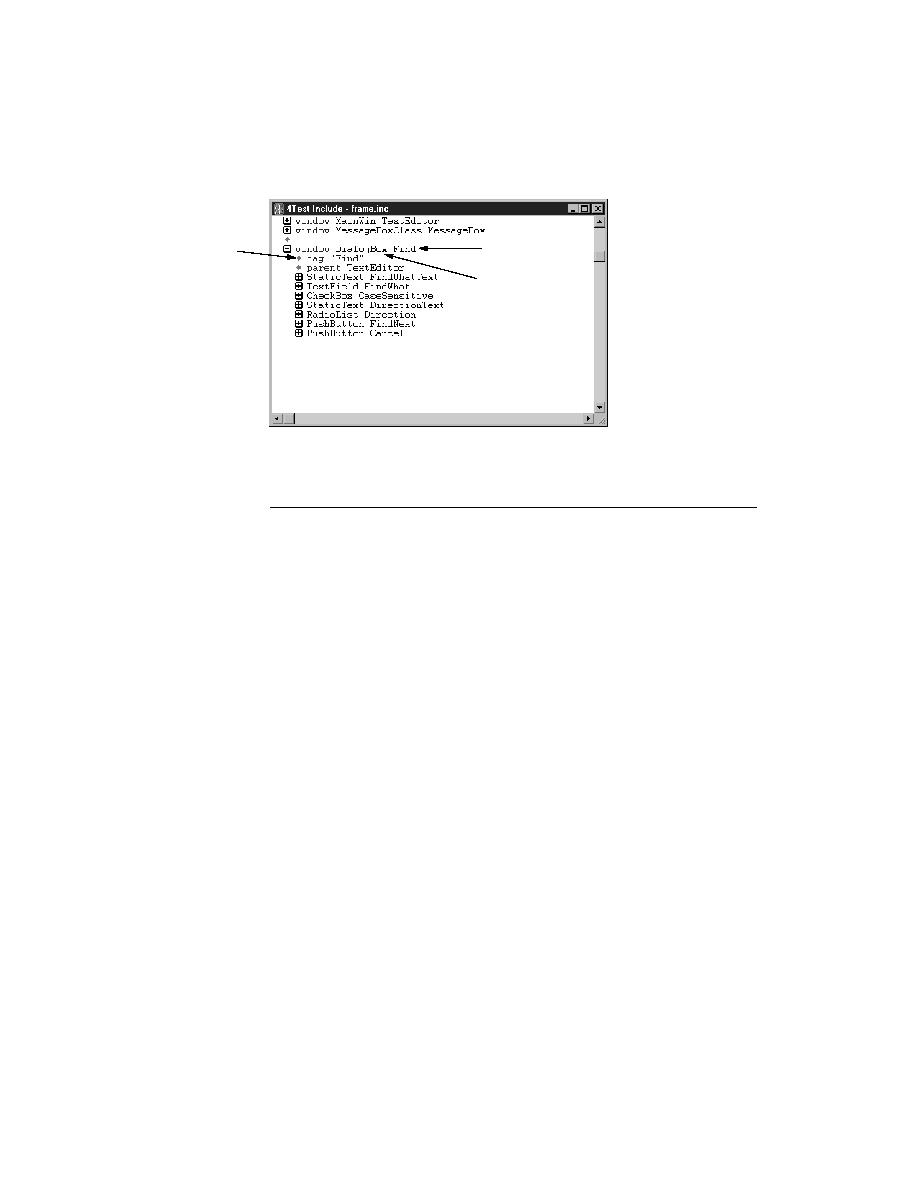
Test Frame - About classes
name, called the identifier, to the object's actual name, called the tag.
platform
internally. For example, although the class might be Label on one GUI and
Text on another, 4Test uses the class name StaticText to refer to text strings
which cannot be edited.
and behavior
inherited by the GUI object. For example, if you record a declaration for a
pushbutton named OK, a testcase can legally use a method like Click on the
pushbutton because the Click method is defined at the class level. In other
words, the definition of what it means to click on a pushbutton is included
within the definition of the 4Test class itself, and this definition is inherited
by each pushbutton in the GUI. If this were not true, you would have to
define within each GUI object's window declaration all the methods you
wanted to use on that object.
changed
recorded class is CustomWin--meaning that SilkTest does not recognize the
object--you can, when appropriate, map the class to one that is recognized,
as described in "Mapping custom classes to standard classes" on page 95.
"Extending the Class Hierarchy".